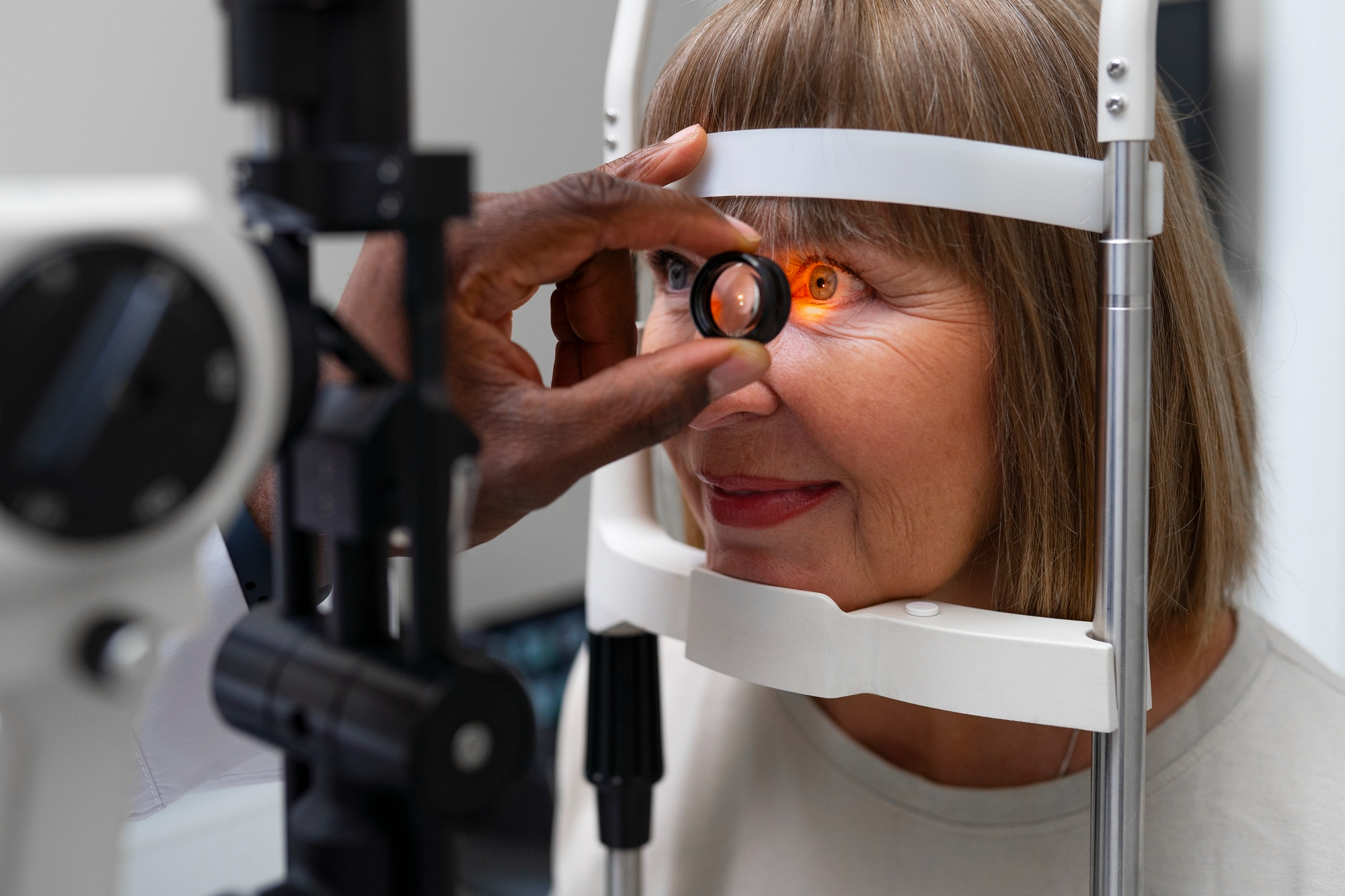
Cataract surgery is a life-changing procedure, restoring vision and improving quality of life for millions of patients each year. While standard intraocular lenses (IOLs) effectively replace the eye’s cloudy natural lens, premium IOLs offer superior vision correction, often reducing or eliminating the need for glasses after surgery.
Despite these benefits, many patients hesitate or outright reject premium IOLs. They default to standard lenses—not necessarily because they prefer them, but because they aren’t fully educated about their options.
So, why do so many patients fail to choose premium IOLs, and how can pre-education help increase their adoption?
Why Patients Hesitate to Choose Premium IOLs
1. Lack of Awareness About Premium IOLs
Most patients don’t know that there are different types of IOLs available. Without prior education, they may assume cataract surgery is a one-size-fits-all procedure, only learning about premium options during their evaluation. This can lead to sticker shock and hesitation.
2. Fear of Making the Wrong Choice
Many patients feel overwhelmed when presented with multiple lens options during a short consultation. They worry about making a costly mistake and may default to the “safest” option—standard IOLs—rather than considering premium lenses that could provide better long-term vision.
3. Cost Concerns and Misconceptions
Since premium IOLs are often an out-of-pocket expense, patients may immediately dismiss them as unnecessary or unaffordable. Without prior education on why premium lenses cost more and what benefits they provide, patients often assume they aren’t worth the investment.
4. Too Much Information at Once
During an evaluation, patients are bombarded with medical details, surgical expectations, and financing options. Without pre-education, they may struggle to process everything in one sitting, making it difficult to confidently choose premium IOLs.
How Pre-Education Helps Patients Choose Premium IOLs
1. Providing Information Before the Consultation
When patients receive information about premium IOLs before their evaluation, they have time to process their options and discuss them with family members. They come into their consultation with fewer questions, a clearer understanding, and a more open mindset about investing in premium lenses.
2. Addressing Common Misconceptions Early
Pre-education helps dispel myths about cataract surgery and premium IOLs. Patients learn:
✅ Why premium IOLs are beneficial (e.g., sharper vision, reduced dependence on glasses).
✅ The cost breakdown and why insurance may not cover them.
✅ The long-term value—how premium IOLs can reduce the need for additional vision correction later.
When patients are better informed about the value of premium IOLs, they are more likely to consider them seriously.
3. Reducing Decision Anxiety
Education empowers patients to feel more in control of their decision. When they understand their options ahead of time, they are less likely to feel pressured during their evaluation. Instead of making a rushed decision, they can focus on choosing the lens that best fits their lifestyle.
4. Increasing Acceptance Rates Without Lengthy Consultations
When patients arrive at their consultation already understanding what premium IOLs are and how they work, doctors can spend less time explaining the basics and more time focusing on the patient’s specific needs. This shortens evaluation times and increases the likelihood of patients choosing premium lenses.
Results: More Premium IOL Adoptions, Less Patient Hesitation
Practices that use pre-education strategies report:
✅ Higher premium IOL adoption rates
✅ Fewer patient objections due to cost concerns
✅ More confident and prepared patients
✅ Shorter, more efficient consultations
By educating patients early, ophthalmologists can increase their premium IOL conversion rates while providing a better patient experience.
